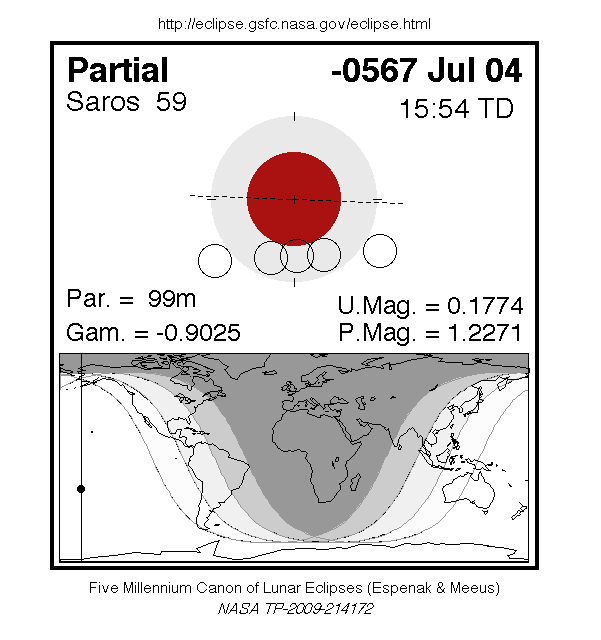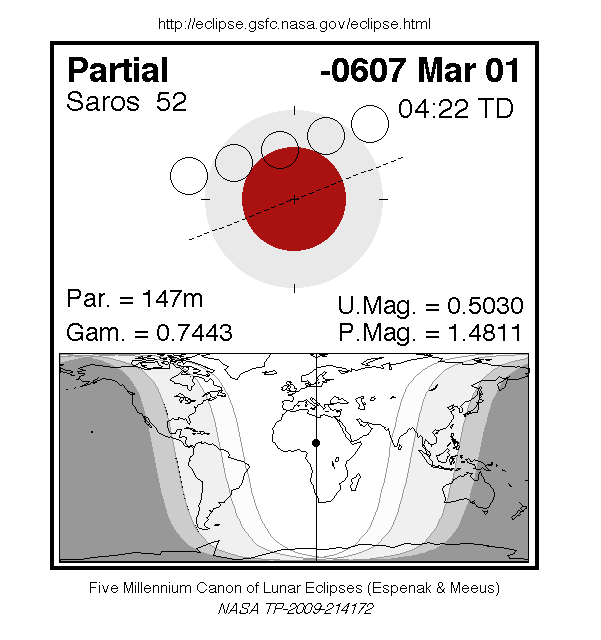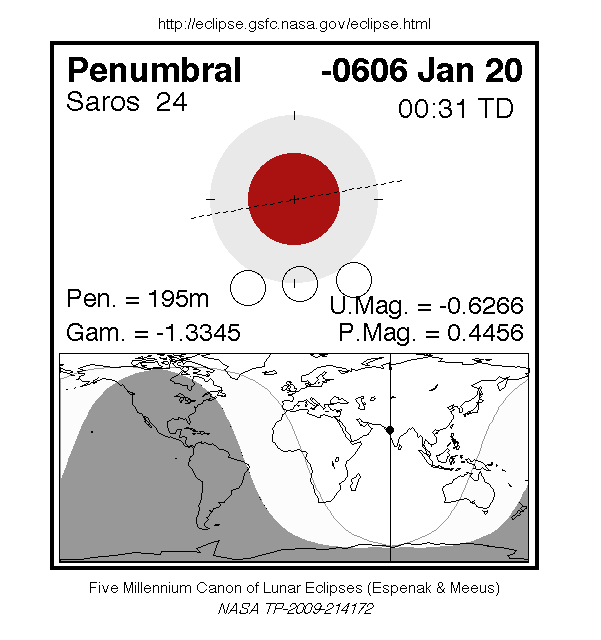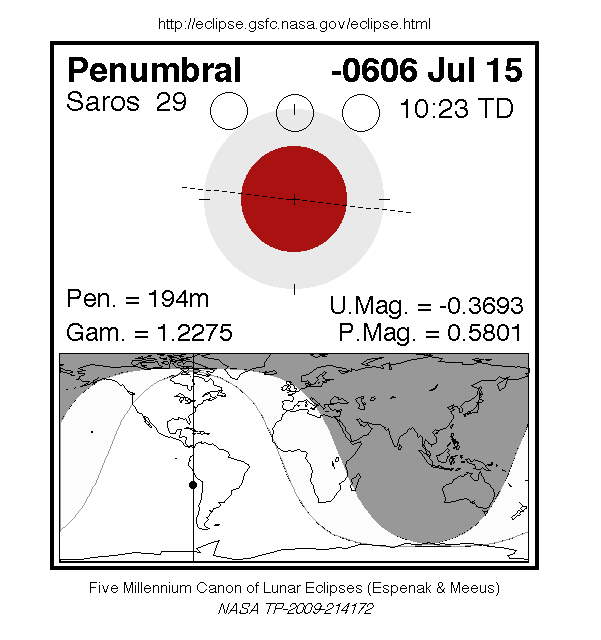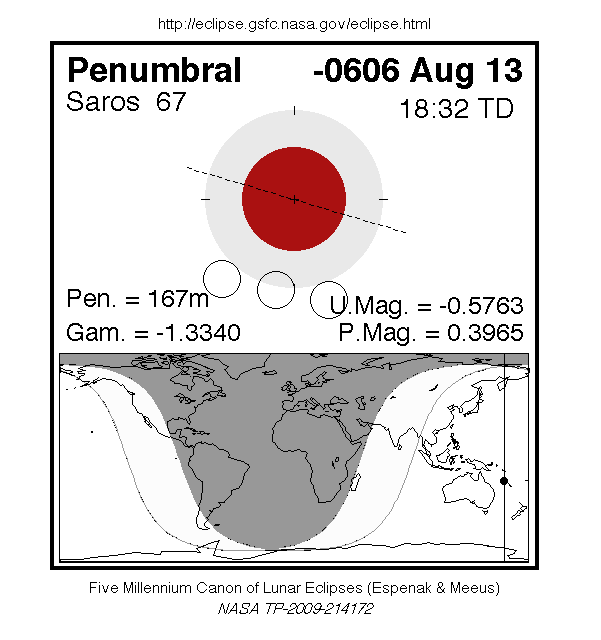Augustin,
Thank you for the web information.
The webpage that used to be online was located at
http://folk.uio.no/rolffu/Chronlgy.htm
The web page you provide looks like Dr. Furuli's academic page.
On that page is listed his research progjects:
1) A new chronology for the Neo-Assyrian, Neo-Babylonian, and Persian empires. I study dated Akkadian cuneiform tablets and astronomical cuneiform tablets, in order to show that the traditional chronology, based on the second century astronomer, Claudius Ptolemy, is wrong. An expansion of the reigns of the Neo-Babylonian kings of 20 years, and an expansion of the reigns of the Neo-Assyrian kings of 20 to 40 years is suggested. Moreover, for the Persian empire, 3-5 extra years between Bardiya and Darius I, a co-regency of Darius I and Xerxes of about 15 years, and and addition of 10 extra years to the reign of Artaxerxes I is suggested.
2) When was the book of Daniel written? A linguistic, philological, and historical study. All known Aramaic documents from B.C.E., including the Dead Sea Scrolls, are compared with the Aramaic part of Daniel, in order to find linguistic evidence regarding the time when the text of Daniel was written. A philological study of all the fragments of Daniel among the Dead Sea Scrolls is performed, in order to see whether their variants suggest a textual history much longer back in time than c. 160 B.C.E., the almost universally accepted date for the composition of Daniel. The two principal Greek texts of Daniel, Theodotion and the Septuagint, and the Syriac texts are compared with the Hebrew and Aramaic texts of Daniel, and the historical contents of Daniel is studied for dating purposes. The working hypothesis is that the book was composed in the 6th century B.C.E., as the book itself says, and not in the middle of the 2nd century.
Also available is a large sized 2832 x 4256 picture of Dr. Furuli for press purposes.
http://www.ub.uio.no/personer/uhs/uhsfagstudier/rolffu/rolffu-pressebilde.jpg
